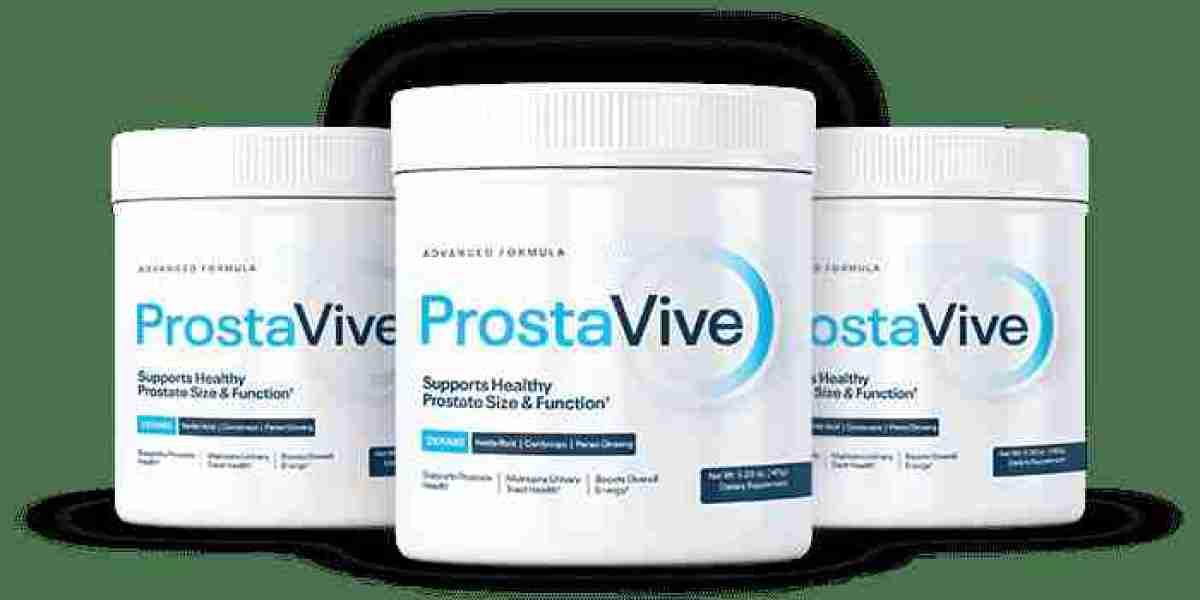Opioid use disorder (OUD) is a serious medical condition that requires professional treatment for recovery. Many people struggling with opioids often worry about the cost of treatment and whether it will be affordable for them or their families. The truth is that the cost of opioid treatment varies widely depending on the type of care, the length of the program, and whether insurance or public programs are available.
Understanding the financial side of recovery can make it easier to take the first step. The good news is that treatment is available in different forms, which means there are both low-cost and premium care options. Let’s break down the common costs you can expect and what influences them.
The Average Cost of Opioid Use Disorder Treatment
Treatment costs depend on whether you choose inpatient, outpatient, medication-assisted treatment (MAT), or therapy-based care. On average:
Inpatient rehab programs can range from $6,000 to $20,000 per month, depending on the facility and services included. Luxury rehab centers may charge even more.
Outpatient programs are often more affordable, averaging $1,000 to $5,000 for a three-month program.
Medication-assisted treatment (MAT) with drugs like methadone, buprenorphine, or naltrexone can range between $400 and $1,000 per month, not including counseling sessions.
Individual therapy sessions can cost $100 to $200 each if not covered by insurance.
Since every person’s situation is unique, the best treatment plan is one that balances cost with long-term recovery needs. For those living in Georgia, especially the Atlanta area, finding local services can make care more accessible. This is why many people research Opioid Addiction Treatment in Atlanta, GA to compare nearby options.
What Factors Affect the Cost?
Several factors influence how much opioid treatment will cost:
Type of treatment – Inpatient programs with room, meals, and 24/7 medical care are naturally more expensive than outpatient visits.
Length of stay – Some people need a short detox program, while others may need several months of structured treatment.
Medications used – Some medications for OUD are more costly than others, and the price may depend on whether generic options are available.
Location – Treatment costs in large cities may be higher than in smaller towns.
Insurance coverage – Many insurance plans cover a significant portion of addiction treatment, reducing out-of-pocket expenses.
Support services – Added services like mental health counseling, aftercare, and group therapy can raise costs but are valuable for recovery.
Does Insurance Cover Opioid Use Disorder Treatment?
In many cases, yes. Thanks to the Mental Health Parity and Addiction Equity Act, insurance companies are required to cover substance use disorder treatment at the same level as other medical conditions. This means that private insurance, Medicaid, and Medicare may help cover detox, inpatient rehab, outpatient therapy, or MAT.
However, coverage details vary from plan to plan. Some may cover only specific medications, while others may require pre-approval for inpatient stays. It’s always important to check with your provider before starting treatment to understand what is covered and what costs you may be responsible for.
Free and Low-Cost Options
Not everyone can afford private rehab or long-term programs, but there are still affordable ways to access treatment. Many states, including Georgia, have public health clinics and state-funded programs that offer treatment at little or no cost. Support groups like Narcotics Anonymous (NA) are also free and provide valuable peer support.
Community health centers and nonprofits may provide sliding-scale payment plans, making treatment more affordable for those with limited income. While these options may not include luxury amenities, they still provide essential care and guidance for recovery.
Why the Right Support Matters
Choosing the right treatment is not just about cost. The quality of care, access to experienced medical staff, and availability of follow-up support all make a difference in long-term recovery. Having trusted professionals who understand the challenges of opioid addiction can give patients the best chance at lasting change.
For individuals in Georgia, specialized centers like Ayeni Addictions Psych Atlanta GA have earned a strong reputation for helping people with opioid and other substance use disorders. They focus on combining evidence-based treatment with compassionate care, which makes recovery feel more achievable.
The Value of Local Expertise
When looking for treatment, finding local services can help reduce travel expenses and allow patients to stay close to their support systems. Many people who begin recovery in Atlanta discover that local programs provide not only affordability but also connections to aftercare resources. Programs offering Opioid Addiction Treatment in Atlanta, GA are designed to guide individuals through each stage of recovery with a clear plan tailored to their needs.
Conclusion
The cost of opioid use disorder treatment can range from a few hundred dollars a month for outpatient care to tens of thousands for extended inpatient programs. Factors such as treatment type, length, insurance coverage, and location all play a role. While the financial side can feel overwhelming, options exist at every budget level, from state-funded programs to specialized private care.
Investing in treatment is not just about money—it’s about regaining health, stability, and a chance at a better future. With the right support and resources, recovery is possible for anyone ready to take the step.






